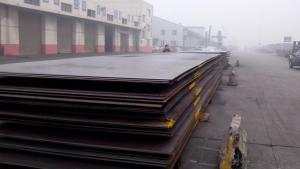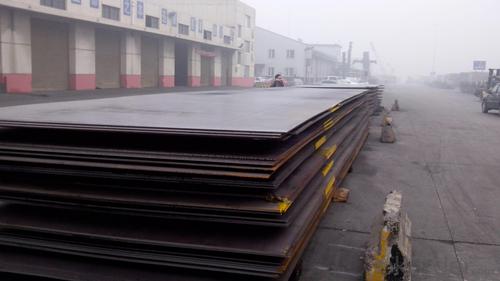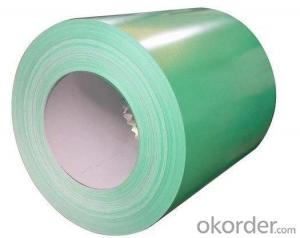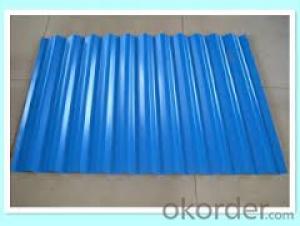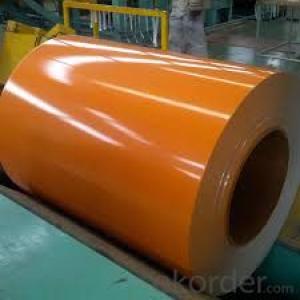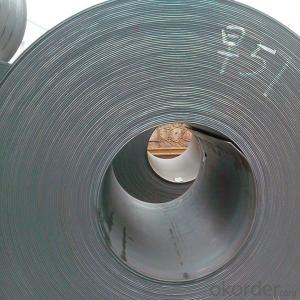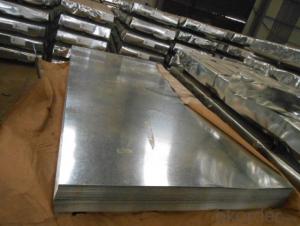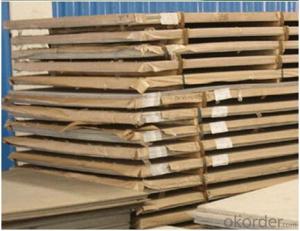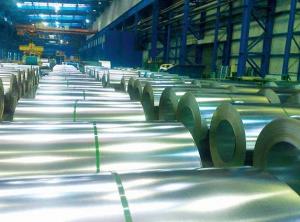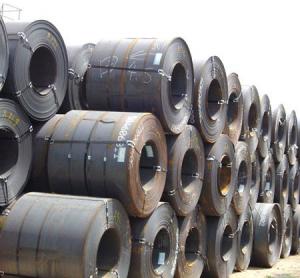HOT ROLLED STEEL PLATE
- Loading Port:
- China Main Port
- Payment Terms:
- TT OR LC
- Min Order Qty:
- -
- Supply Capability:
- -
OKorder Service Pledge
Quality Product, Order Online Tracking, Timely Delivery
OKorder Financial Service
Credit Rating, Credit Services, Credit Purchasing
You Might Also Like
Packaging & Delivery
| Packaging Detail: | Export standard package,bundled or be required. The inner size of container is below: 20ft GP: 5.8m(length) x 2.13m(width) x 2.18m(high) 25tons about 24-26CBM 40ft GP: 11.8m(length) x 2.13m(width) x 2.18m(high) 25tons about 54CBM |
| Delivery Detail: | 7-15 days after deposit or as the quantity of customers' need |
Specifications
hot rolled slit steel coil
Width: 1000mm-3000mm
Length: 3000mm-12000mm
Thickness: 1.5-200mm, 1.2-200mm
| Product | Carbon steel sheet & coil |
| Place of origin | Tianjin,China mainland |
| Thickness | 1mm-150mm |
| Width | 1000mm-3000mm |
| Length | 3000mm-12000mm |
| MOQ | 25 ton |
| Price | FOB USD 700-900 per ton |
| Port | shanghai,tianjin |
| Payment Terms | L/C,T/T,Western Union,MoneyGram |
| Product Ability | 1000 tons per month |
| Standard | A32,A36,A40,D32,D36,D40,etc |
| Application | widely |
| Delivery | 8-15 days after deposit or as the quantity of customers' need |
| Packing | Standard Seaworthy Export Package or as the request of customers |
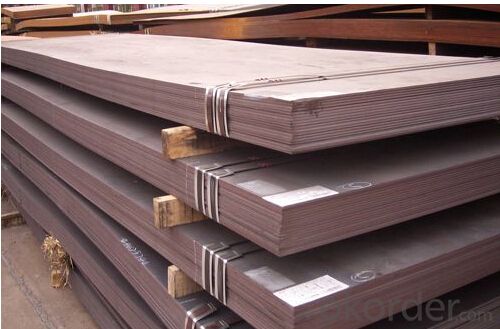
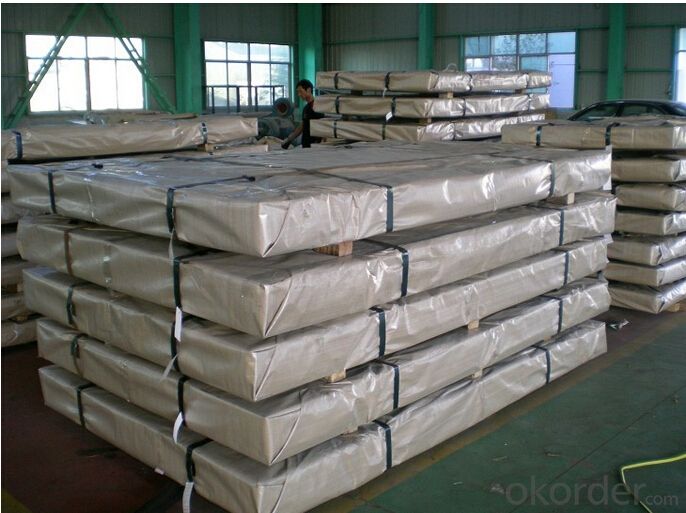
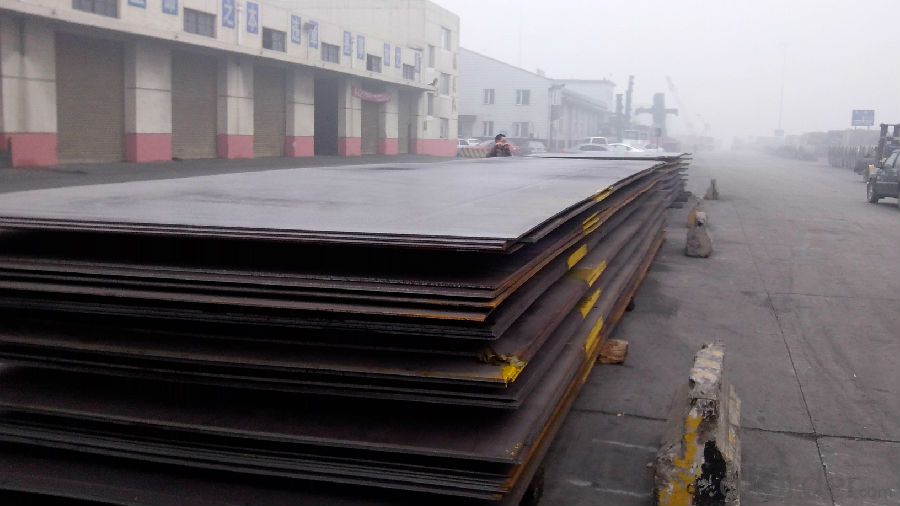
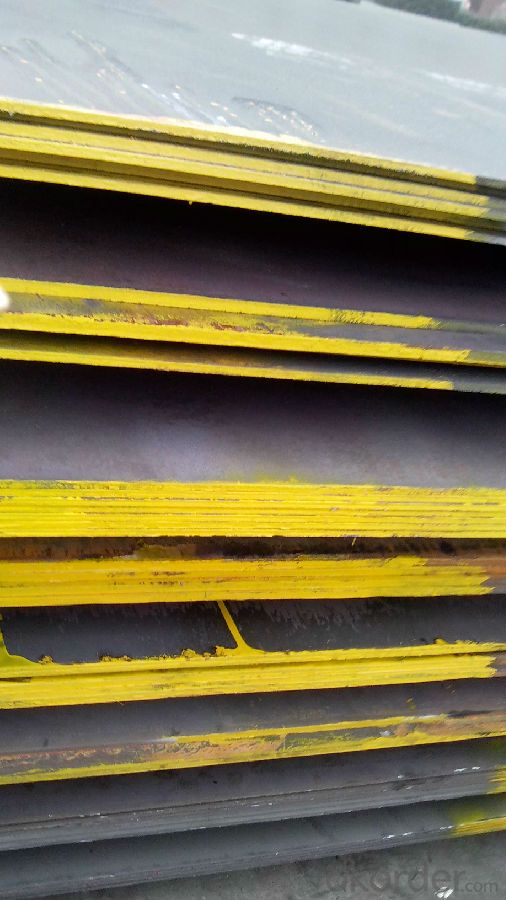
- Q: What is the average tensile strength of a steel coil?
- The average tensile strength of a steel coil can vary depending on the specific grade and type of steel used. However, on average, steel coils tend to have tensile strengths ranging from 300 to 2,000 megapascals (MPa).
- Q: Can't find it- this is for a physics experiment for youngs modulus done with a steel wire.
- It depends on the type of steel and how the wire was made (e.g. whether it was drawn hot or cold, whether it was heat treated after it was drawn, etc). For mild steel the elastic limit is about 400 MPa. Note this is not the same as the breaking stress for the wire which will typically be significantly higher for a ductile material like steel. If you want to measure a stress-strain curve to find youngs modulus, make sure you measure several points at stresses below the elastic limit - for example try increasing the stress in increments of about 50 MPa.
- Q: I'm trying to put together a small structure using galvanized steel electrical conduit (3/4) and I can't seem to find a T-junction conduit coupler anywhere. I'm wondering if I could weld the tubing together, but I'm not sure if I can weld galvanized steel. Also, if I can weld them, is there any special technique that I need to use outside of regular acetelene/oxygen torch and solder?
- Conduit is made from low carbon steel. Then the galvanized coating is applied. The fumes from the coating are poisonous when heated. So your choices are to remove the coating then do your heating. They can be soldered, brazed and welded. It all depends how strong you want the joint and how high a temperature used. If you use silver solder the joint must be very tight. If you use lead solder a flux must be used same as brazing. Welding is the strongest and the melting temperature of steel is about 2600 degrees.
- Q: What are the main characteristics of steel coils?
- The main characteristics of steel coils include their high strength and durability, flexibility, corrosion resistance, and ability to be easily formed and shaped. They are also known for their uniformity, as they are typically manufactured to precise dimensions and tolerances. Additionally, steel coils have excellent conductivity properties and are commonly used in various industries such as automotive, construction, and manufacturing.
- Q: How are steel coils transported internationally?
- Typically, steel coils are shipped internationally by sea due to their heavy and bulky nature, which makes air transportation impractical. The most common method involves using specialized shipping containers called flatracks or open-top containers, which allow for easy loading and unloading onto vessels. Before being transported, the steel coils are typically securely strapped or banded together to prevent movement or damage during transit. Cranes or forklifts are then used to load the coils onto the flatracks or open-top containers. Careful placement and securing of the coils onto the containers ensure stability and prevent shifting during the journey. Once loaded, the containers are sealed and taken to the nearest port, where they are loaded onto cargo ships designed specifically for heavy and oversized cargo. These ships are equipped with specialized handling equipment like cranes and ramps to facilitate container handling. During the journey, the cargo ships adhere to predetermined shipping routes to reach the destination port. The duration of the journey depends on the distance between the origin and destination ports. Since steel coils are typically transported in large quantities, multiple containers may be loaded onto a single ship. Upon arrival at the destination port, cranes or ramps are used to unload the containers from the cargo ship. The steel coils are then carefully removed from the containers and transported to their final destination, which may involve further transportation by road or rail. Throughout the transportation process, it is crucial to adequately protect the steel coils from moisture, corrosion, and other potential damages. Special attention is given to handling and stowage to minimize the risk of structural damage or deformation. In conclusion, specialized shipping containers are utilized to transport steel coils internationally by sea. The coils are securely loaded onto flatracks or open-top containers and transported by cargo ships to the destination port. Proper handling and stowage techniques are employed to ensure the safe and secure transportation of the steel coils.
- Q: Can steel coils be coated with anti-tampering materials?
- Yes, steel coils can be coated with anti-tampering materials. These materials are commonly applied to steel coils to prevent unauthorized access or tampering, ensuring the integrity and security of the contents within the coils.
- Q: How are steel coils used in the manufacturing of intake manifolds?
- Steel coils are used in the manufacturing of intake manifolds as they are shaped and formed into specific designs to create the inner structure of the manifold. The coils are typically cut, bent, and welded together to create the desired shape and size of the intake manifold, which then allows for the proper flow of air and fuel mixture into the engine cylinders.
- Q: Are steel coils used in shipbuilding?
- Yes, steel coils are commonly used in shipbuilding. These coils are typically made of high-quality steel and are used in various parts of the ship's structure, such as the hull, decks, and bulkheads. The use of steel coils ensures the strength, durability, and structural integrity of the ship, making it capable of withstanding the harsh marine environment and heavy loads.
- Q: Can one assume that stainless steel that can be hardened is magnetic?
- actually stain less steel is mainlly three first one is austenitic, 2nd one is ferritic, and 3rd is martensitic. These three types of steels are identified by their microstructure or predominant crystal phase. Austenitic. Austenitic steels have austenite as their primary phase (face centered cubic crystal). These are alloys containing chromium and nickel (sometimes manganese and nitrogen), structured around the Type 302 composition of iron, 18% chromium, and 8% nickel. Austenitic steels are not magnetic and not hardenable by heat treatment. The most familiar stainless steel is 304 containing 18-20% chromium and 8-10% nickel. Ferritic. Ferritic steels have ferrite (body centered cubic crystal) as their main phase. These steels contain iron and chromium. Ferritic steel is somewhat magnetic, less ductile than austenitic steel, and is not hardenable by heat treatment. Martensitic. Martensitic steels have orthorhombic martensite as their main phase. Martensitic steels are low carbon steels. They are magnetic, and may be tempered and hardened. Martensite gives steel great hardness, but it also reduces its toughness and makes it brittle. If you ran around the house with a magnet, checking on the items you know are stainless steel, you would probably find that cookware and flatware are not magnetic, but cutlery might be slightly magnetic.
Send your message to us
HOT ROLLED STEEL PLATE
- Loading Port:
- China Main Port
- Payment Terms:
- TT OR LC
- Min Order Qty:
- -
- Supply Capability:
- -
OKorder Service Pledge
Quality Product, Order Online Tracking, Timely Delivery
OKorder Financial Service
Credit Rating, Credit Services, Credit Purchasing
Similar products
Hot products
Hot Searches
Related keywords
